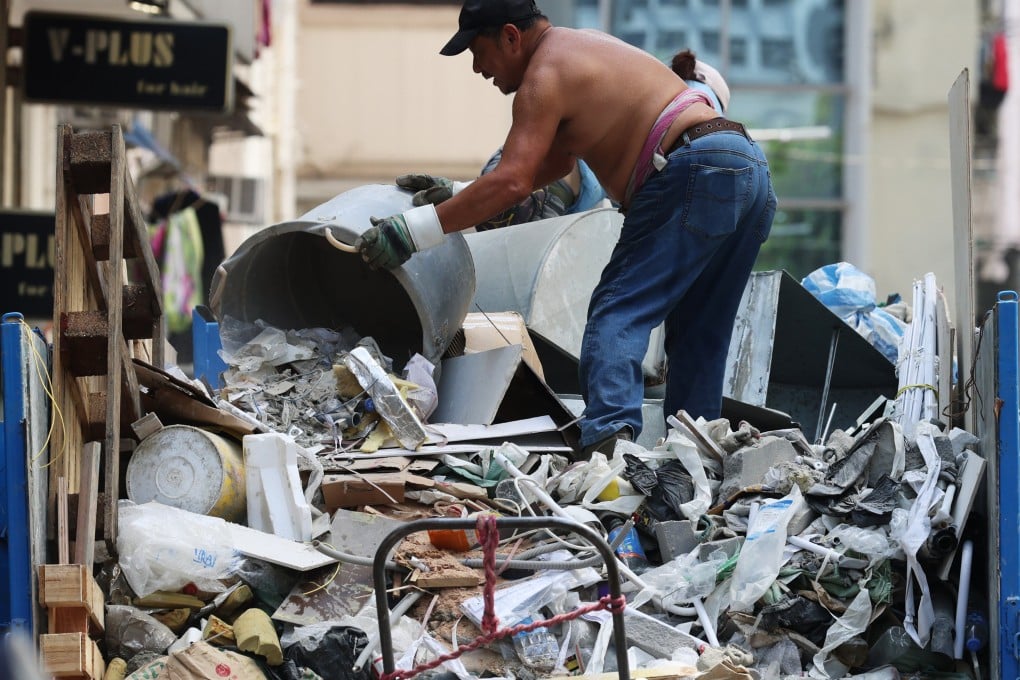Opinion | Green design is a daunting challenge that’s well worth the effort
If recycling is not cheaper and faster, is it worth it? Building owners need to understand nature is valuable despite not having a price tag

I happened to work on a temporary project at Art Basel – a VIP Lounge for a major host partner and property developer. Having witnessed the art enthusiasts coming and going from the fair at the Hong Kong Convention and Exhibition Centre, I knew March would end on a high note.
The VIP lounge might have been small but it represented a big idea. The developer had a vision of truly recycling materials from their previous projects for this pavilion. We were not asked to specify off-the-shelf products with green labels indicating that they contain recycled materials – a fairly common practice in the industry. Instead, materials were directly harvested from the developer’s decommissioned projects and painstakingly turned into raw materials at the contractor’s factory.
In contrast, true recycling was nothing short of an education. First, the contractor had reservations about the process. Its representatives reminded me that “sustainability has a price”. They had to exert more effort in extracting, cleaning and testing the materials, as well as customising wood and steel panels to our design requirements. Due to the extra man-hours needed to pull this off, labour costs could easily outweigh the sum of purchasing new materials.
Second, while we wanted to use as many recyclables as possible, structural and safety concerns demanded that we use some new materials. Although what the public sees is often just the surface, properly sourcing a display’s supporting elements is just as significant. We knew we couldn’t make the VIP lounge out of only recycled content but we aimed for the most optimal result short of 100 per cent.
